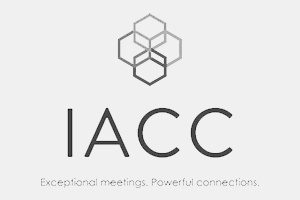Engaged employees are more committed and loyal, leading to a competitive business edge and company success. Here’s how to create an employee engagement action plan to ensure your people become the best they can possibly be.
Employee engagement is centered on staff feeling aligned with a company’s goals and values. If this is achieved, they feel motivated to give their very best to contribute to organisational success. While individual personalities play a small role in terms of the level of a person’s engagement with a company, the onus is primarily on a business to create conditions ripe for an engaged, thriving workforce.
Here’s how to create an employee engagement action plan to suit the unique needs of your organisation:
Find out Where you Stand
You can’t make an engagement action plan without digging a little deeper to find out how engaged the workforce currently is. An employee engagement survey is key to unlocking this information. Design a survey to be completed by every employee, regardless of job title or area of expertise. Questions should look at aspects such as whether employees feel their work contributes to the company’s goals, where frustrations lie and how motivated they feel. Tailor it to your specific business needs and objectives as much as possible to get genuinely valuable information from the process.
Involve Others
Using the results from an employee engagement survey to create an action plan isn’t enough to achieve genuine engagement. Share key findings from the employee engagement survey across the organisation, highlighting where your company is doing well and identifying areas where improvements are needed. When people receive feedback such as this after taking time to complete the survey, they will feel their opinions are valued and are being taken seriously. Set up small focus groups or ask teams to discuss ideas of how improvements can be made to engagement.

Create an Action Plan
Using both the feedback from the survey and input from verbal discussions, pool all the arising themes and ideas to create an employee engagement action plan. The action plan should clearly group items under sub-headings that identify the specific areas that need improving, adding in information about what the proposed solutions are. It’s vital that individuals and teams take responsibility for implementation too, so the action plan must include how you’ll measure success, which individual or team will take each solution forward, and when these solutions will be implemented by. Ensure each area that needs improvement has more than one proposed solution, in order to tackle it from multiple angles. For example, if a lack of clarity about a company’s goals has been identified as an issue, proposed solutions should range from dedicated goal-setting discussion sessions to team-building events to bring company goals to life.
Communication is Key
Once an action plan has been created, communication about the plan is vital in order to jump-start the engagement process with particular issues. The action plan should be shared with employees for transparency, while managers and leaders should talk about it positively in meetings and staff communications. Through these communications, the importance of the action plan should be described in a relatable manner, so employees understand the value it will bring to them personally and professionally.

Follow up
Throughout the implementation of an employee engagement action plan, everyone across the business should be receiving regular updates about how it’s going. Implementation shouldn’t be a background process, but very much at the forefront of the daily operations of a business. Ongoing monitoring and evaluation should be designed into the action plan too – but communicating about this regularly and transparently is just as important.
Employee engagement is of paramount importance to a business. Ultimately making companies more successful, employee engagement should be a decisive element of organisational strategy. Generating loyalty, positivity and motivation, engaged employees give more back to a business and get satisfaction from their working lives in return.






